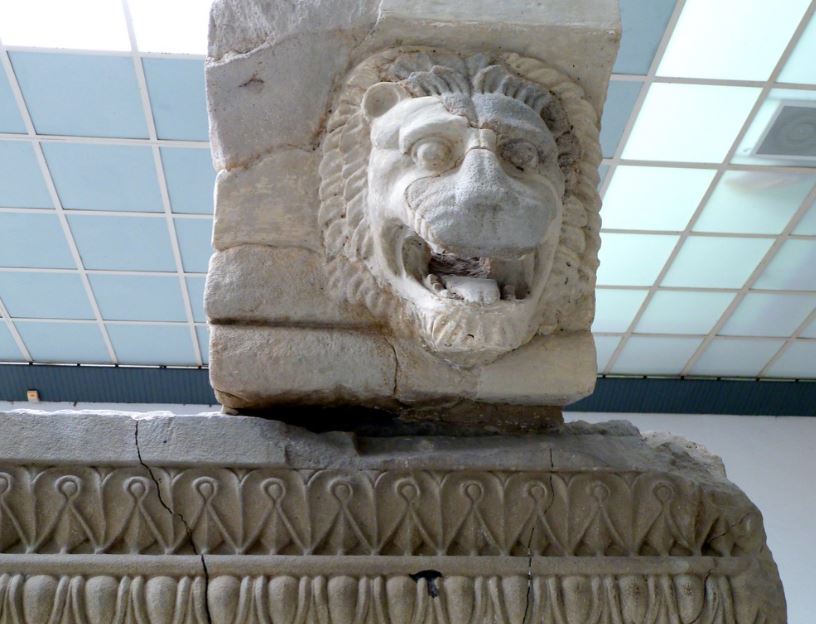The utmost southern part of Italy was once colonized by ancient Greek settlers who left behind their culture in many forms.
Some of the most notable remnants of their Hellenic civilization are huge ancient Greek temples that dominate the beautiful landscape in this part of the country.
One of these stands majestically near the coast of the Tyrrhenian Sea and was once part of a bustling ancient Greek and Roman city.
In this article, you’ll discover some of the most interesting facts about the Temple of Hera II, or “Second Temple of Hera,” an amazing ancient monument.
1. It’s located in a former major ancient Greek city just southeast of Naples
The southern part of Italy was once inhabited by ancient Greek settlers who arrived here starting in the 8th century B.C.
This was long before the Roman Empire was established and the main reason why Southern Italy was referred to as Magna Graecia by the Romans.
The Temple of Hera II was one of the most amazing buildings in the ancient Greek city of Paestum. Today, this ruined city in the Campania region is a large archaeological site.
To get a clear picture of its location, this is just southeast of Naples, the largest city in southern Italy and a city that the Romans respected as the major center of Hellenistic culture in Italy.

2. It’s one of three major temples constructed in the 5th century B.C.
Paestum was a major city in ancient times and this is reflected by the architectural landscape. 3 major temples were constructed here, as well as various other buildings.
The Temple of Hera, the Second Temple of Hera, and the smaller Temple of Athena were constructed between 550 and 450 B.C. and still dominate the landscape in this region today.
A Roman forum replaced the Greek agora in the center of the city and this borders the Roman amphitheater which has been very well preserved.
The Via Sacra cut through the entire ancient city and the site is full of scattered archaeological elements.
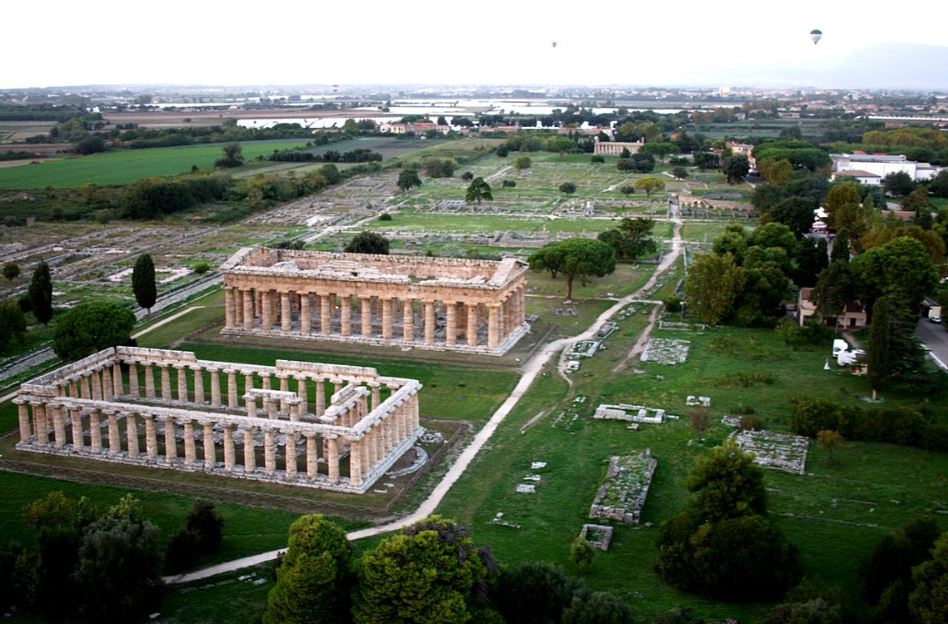
3. It’s a prime example of the Doric Order of ancient Greek architecture
The Temple of Hera II is one of the best-preserved examples of ancient Greek temples and was constructed in the Doric order around 460 and 450 B.C.
This architectural style emerged in the Doric region n the western part of Greece and can be described as the simplest form compared to the Ionic and Corinthian orders.
This was the earliest of the three orders and can be recognized by the circular capitals on top of the columns.
In contrast, the Ionic order features curved capitals and the Corinthian is heavily ornamented with carved elements.

4. The Temple of Hera II’s design is dominated by 36 massive pillars
Like most ancient Greek temples, the most striking features of this temple in southern Italy are the massive columns on the exterior.
It features a total of 36 columns, 14 on the longer sides and 6 on the shorter sides. These aren’t the only columns, though, because the interior sanctuary is also surrounded by similar but smaller columns.
Doric columns could either be fluted or smooth and this is a prime example of the fluted type of pillar. Remarkably, they feature 24 flutes instead of the standard 20 in the Doric order.
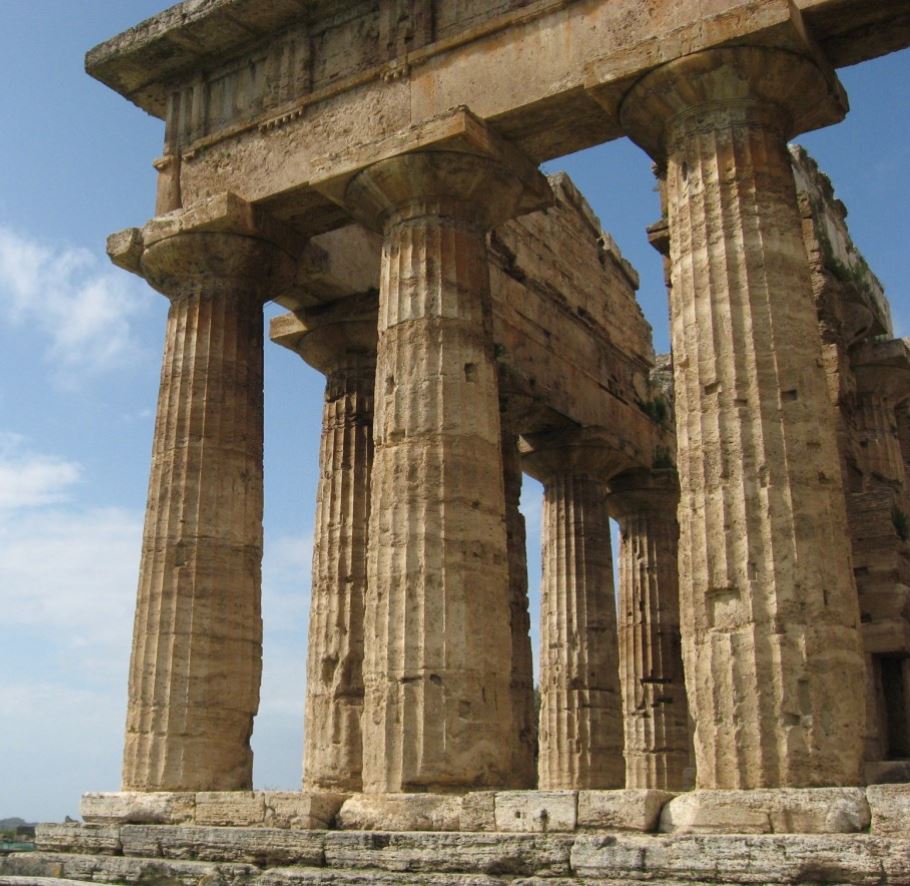
5. Its design resembles one of the most famous ancient Greek temples ever built
The Temple of Olympia was one of the most significant monuments ever constructed in ancient Greece. It was located in the place where the modern-day Olympic Games originated.
The temple was dedicated to Zeus and housed one of the 7 Wonders of the Ancient World, the immense Statue of Zeus.
Nothing more than ruins remains of this temple and the other parts of the sanctuary after it was destroyed during the persecution of Pagans in the late Roman Empire.
It was, however, the epitome of the Doric order and it served as the model for countless ancient Greek temples after it was completed in the 5th century B.C., including those in Paestum.
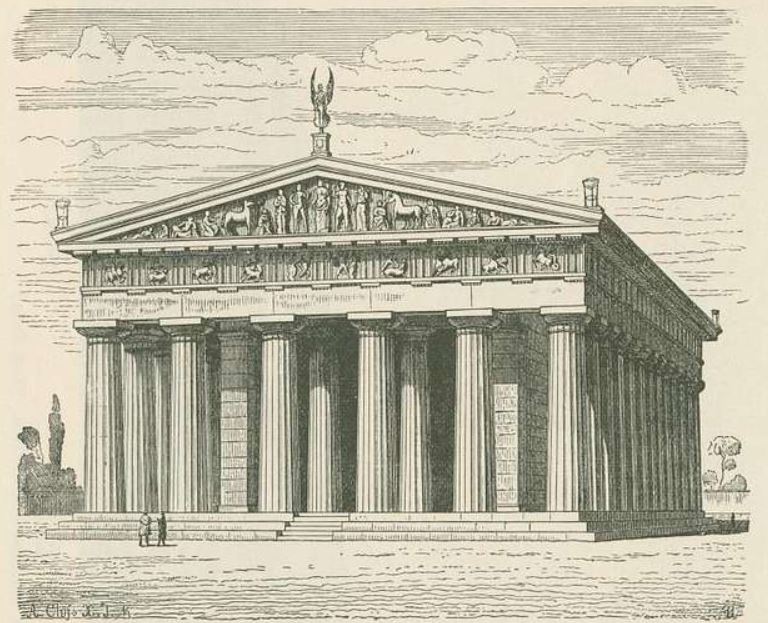
6. The temple was used to worship several ancient Greek deities
The Second Temple of Hera is also sometimes referred to as the Temple of Poseidon, a reference to the ancient Greek deity that was presumably worshipped here.
Apart from Poseidon (or its Roman counterpart Neptune), Zeus and another unidentified deity were worshipped here as well.
The main goddess that was worshipped here was Hera, the Greek goddess of marriage, family, and the protection of women during childbirth.
She was also the Queen of the twelve Olympians and Mount Olympus. This allows us to make the connection as to why the style of this temple resembles the one in Olympia.
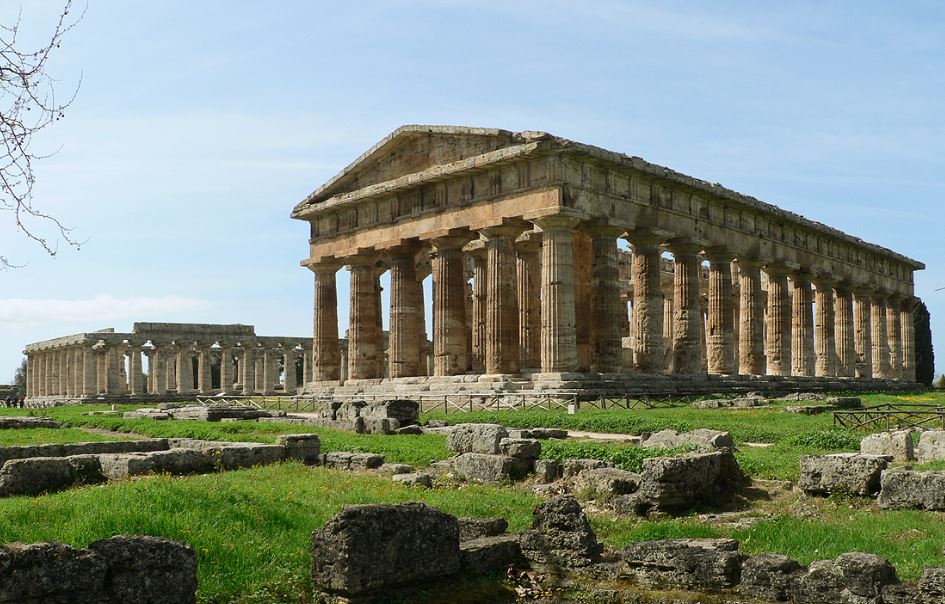
7. It was designated a UNESCO World Heritage site in the late 1990s
The historic value of this ancient monument is incredible because it’s one of the best examples of the Doric order of ancient Greek architecture that still stands today.
This was recognized by UNESCO and both Paestum and the nearby archaeological site of Velia were designated World Heritage sites in 1998.
It’s hard to grasp but this temple was constructed almost 2,500 years ago!
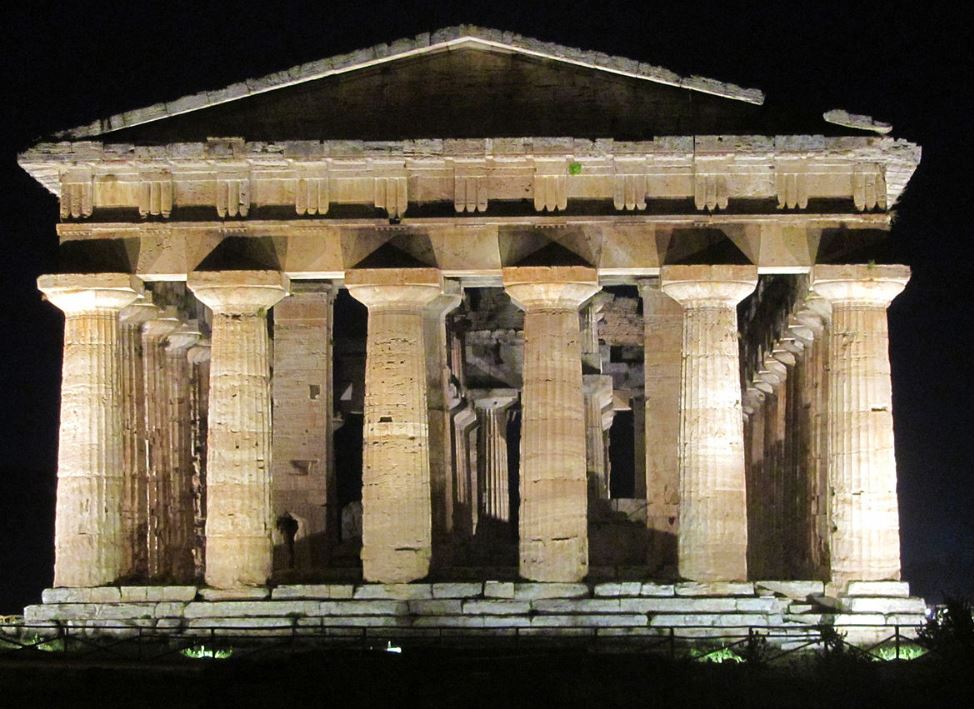
8. The archaeological area of Paestum features an amazing museum
Paestum was a major city in Magna Graecia and featured a wealth of architectural elements. Many of these have been excavated and are displayed at the local museum.
The National Archaeological Museum of Paestum is located within the compound of the Archaeological Park.
It is simply a must-visit attraction when you plan to check out these ancient monuments in southern Italy.
